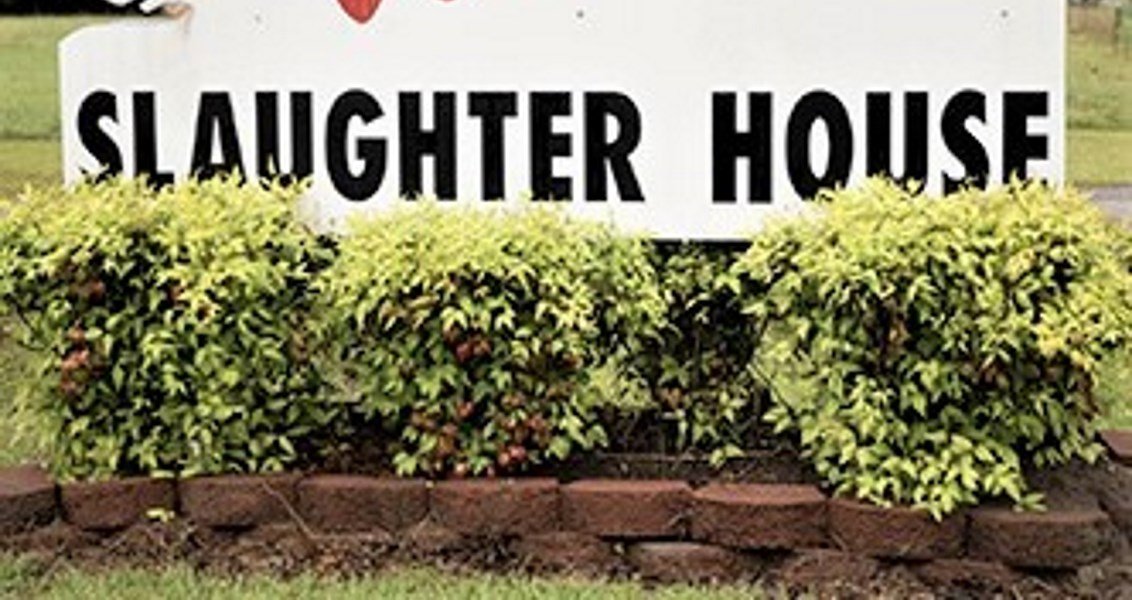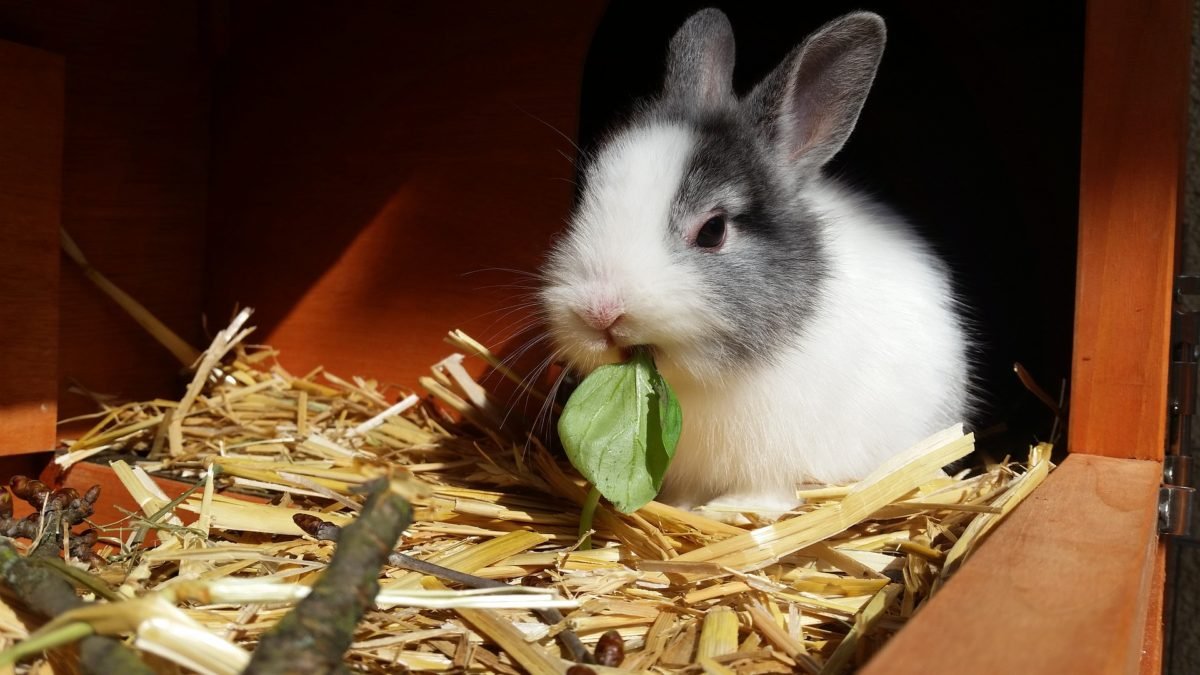-
It is killing whatever term you choose to call it.

Our complex attitudes to killing animals Deep down in our consciences those of us with any empathy to animals are obviously uncomfortable about the act of killing them which manifests itself in our confused use of expressions to describe it. Whether a professional or layman, we seem to have a subconscious hang-up about discussing or…
-
The U.K. ‘nation of animal lovers’ myth

It is a long-held belief in the UK that we are a nation of animal lovers and this confidence is perpetuated by the media, our self-righteous selves and even the Government who in a recent report on animal welfare stated in the first line that: ‘We have the best animal welfare in the world and…